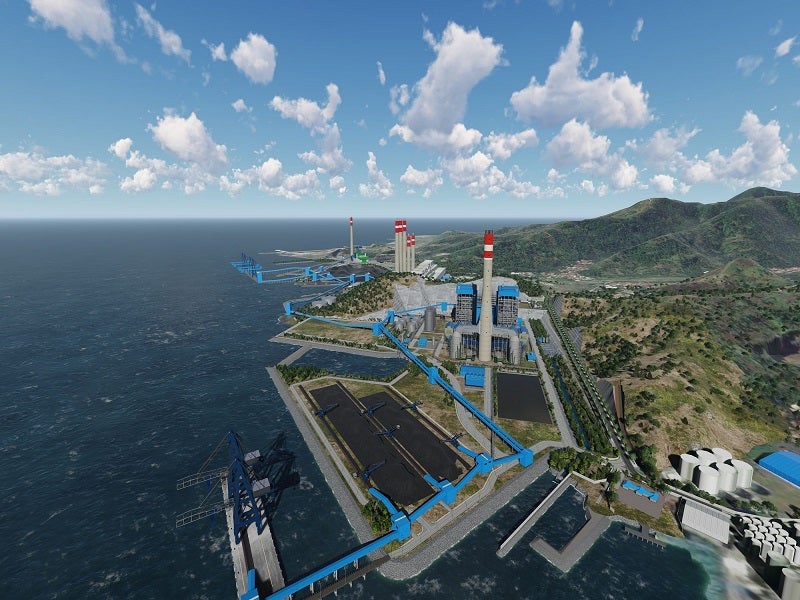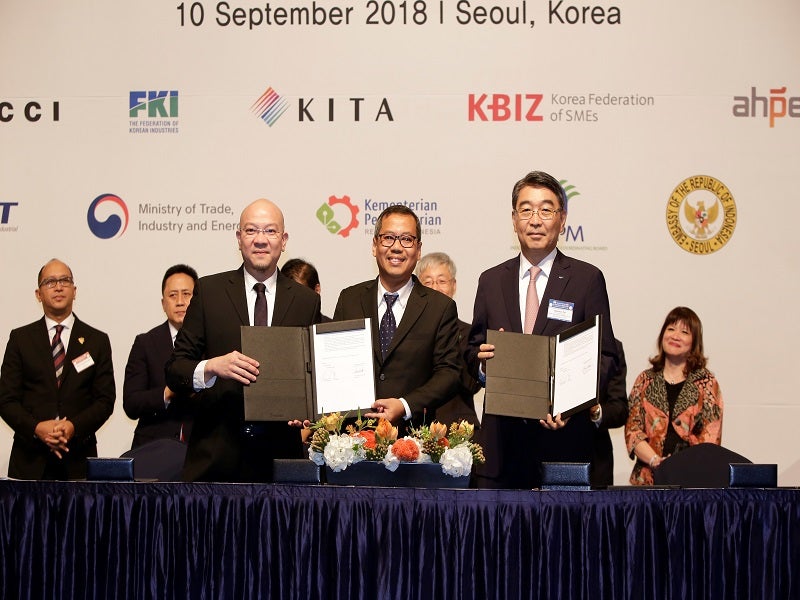Jawa 9 and 10 are two new coal-fired power plant units being developed as an expansion of the existing Suralaya coal-fired steam power plant (CFSPP) located in Indonesia. Each unit will have a capacity of 1GW each.
The expansion is being undertaken by PT Indo Raya Tenega, a joint venture of Barito Pacific (49%) and Indonesia Power (51%). It is being undertaken as part of the Indonesian government’s plans to increase the power generation capacity in the country.
Jawa 9 is expected to be commissioned in the fourth quarter of 2023, while Jawa 10 is scheduled for commissioning in the first quarter of 2024.
Java 9 and 10 development controversy
A petition was filed by Korean and Indonesian litigants in August 2019, requesting Korean banks to stop funding the project. The litigators have objected to the development of the project in the region citing environmental reasons.
The Suralaya power plant is located approximately 122km north-west of Jakarta, a region already populated with 22 coal-fired power plants. The Banten region is also populated with 52 coal power projects.
The litigation has stalled the development plans for the project.
Java 9 and 10 power plants location
The Jawa 9 and 10 units will be spread across an area of 157ha and located adjacent to the existing Units 1 to 8 of the Suralaya CFSPP.
The Suralaya CFSPP is located in the LebakGede and Suralaya districts in Cilegon City of the Banten Province, Indonesia.
Java 9 and 10 power plant make-up
The Jawa 9 and 10 plants will use Doosan Heavy Industry’s ultra-supercritical (USC) technology for electricity generation.
Doosan’s boiler technology has higher output efficiency than a conventional boiler that uses subcritical technology. It operates at temperatures and pressures above the critical point of water and hence uses less coal per MWh, resulting in lower emissions and low cost of production.
The Siemens SST-6000 series steam turbine will be installed in the two units. The turbines are characterised by their short start-up times, operational flexibility and low maintenance costs.
The power plant will also be equipped with electrostatic precipitator (ESP), advance low NOx burners, selective catalytic reduction and flue gas desulphurisation (FGD) equipment to dislodge dust particles and to control sulphur emissions.
Power purchase agreement
A conditional power purchase agreement (PPA) was signed with Perusahaan Listrik Negara (PLN) in June 2017. PLN will purchase power capacity on a take-or-pay basis from the power plant for a period of 25 years.
Project financing
The total budgeted cost of the project is £2.42bn ($3.2bn) and will be financed through an 80:20 debt-to-equity model under the advisory of Development Bank of Singapore (DBS).
Korea Development Bank (KDB), Korea Export-Import Bank (KEXIM), and Korea Trade Insurance Corporation (K-SURE), are the financers for the project.
Contractors involved
The engineering, procurement, and construction (EPC) contract for the project was awarded to PT HutamaKarya, an infrastructure development company, and Doosan Heavy Industries and Construction, an infrastructure development company.
Black & Veatch and AF Consult were appointed as the technical advisers for the project, while Tepsco and Connusa will serve as the technical consultants.
Kepco and Komipo were contracted to provide specialised technical services for the project.
AECOM, Poyry and ERM were appointed as the environmental consultants.
Power market in Indonesia
The power industry in Indonesia experienced close to 3.3% annual growth in 2017-18 with an electrification ratio of approximately 95%. Majority of this electricity is generated from fossil fuels with coal accounting for 57.2% of the country’s generated power.
Indonesia is expected to have 443TWh of electricity demand by 2027 from approximately 78.4 million consumers and electrification ratio of approximately 99%. The demand for electricity is expected to grow at 6.89% annually. To meet this demand, the country is expected to require the development of more than 290 power plants. The Jawa 9 and 10 power plants are part of the plans to fulfil this demand.




